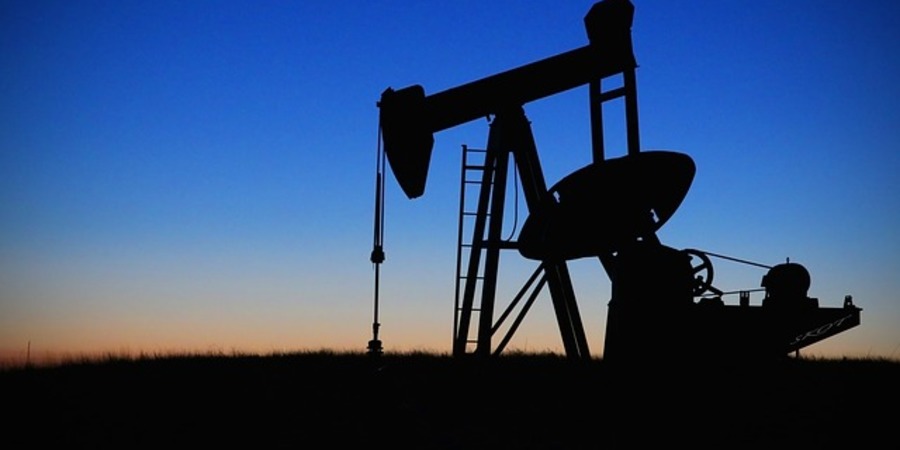Iraq is a country that has faced a lot of adversities. Coming from a decayed bureaucratic system to crippling international sanctions and now the invasion of civil war from militia groups such as ISIS, there couldn’t be more reason as to why its oil and gas industry should fail. Despite the mayhem, the industry continues to thrive with an estimated growth in the coming years.
Statistics on Iraq Oil and Gas production
Iraq ranks fifth as the largest proven world reservoir for oil. It comes after Iran, Canada, Saudi Arabia, and lastly Venezuela. But even with the many oil reserves, only a fraction is being exploited. This makes Iraq one of the few countries that are yet to fully explore the potential of its proven and unknown oil banks within the country’s soil.
Apart from the US, the OPEC member made most of its gains in the 2011-2016 period. During this phase, Iraq oil production rose to 1.7 million barrels per day making it the 2nd largest among OPEC producers and the fourth in the world. However, this deemed short compared to 2009’s output of 2.4 million barrels per day, though viewed as a step up to the country’s severe economic hardships.
As of 2017 August, Iraq is said to be producing 4.638 million barrels per day, the highest since the start of the year. This nears the target goal set in 2012 that put Iraq oil outputs to an estimate of 6.1 million barrels per day by 2020, causing an increase in Iraqi oil revenue to $5 trillion by 2035. If the calculations are correct, this would mean a growth of 200 billion per year.
As for natural gas production, Iraq had seen exponential growth from 81Bcf in 2003 to an astonishing 522Bcf in 2008. But limited infrastructure for export and local consumption under-work the country’s five processing plants that can produce an estimate of 773 billion cubic feet per year.
Reasons why Iraq oil and gas will continue to grow
The Iraq oil and gas industry is setting a steady pace in its recovery process with certain implementations meant to be effected.
In regards to the gas sector, Iraq currently loses 2.5Bcf, a volume that can help the country meet its domestic power needs. The government is putting up incentives that allow significant stakeholders actually to capture and monetize the flared gas. . As one of the countermeasures, the Iraq government has entered a deal with the Royal Dutch Shell Cooperation for the implementation of a 25 year project. This project will ensure flared gas is captured and provided for local use.
As for the oil industry, the suggested Global Output Freeze around International Energy Forum table members sets to skyrocket oil projects in Iraq if it goes through. The oil freeze will stabilize the current situation if effected for a substantial amount of time.
Also, as part of the 2016 budget, the Iraq government set an agreement between Baghdad and the Kurdistan region. The deal sees that crude oil is jointly exported through Kirkuk oilfields and the revenues are split 50/50 between the federal government and the Kurdish region government (KRG). An estimate of 70 to 100 thousand barrels per day will be exported through Ceyhan, Turkish Mediterranean Port.
Iraq is also putting a heavy investment in the development of oil fields for maximum oil production. Even without the much-anticipated Hydrocarbon laws that provide a legal framework for investing in the energy field, the Iraq government already signed 12 abiding contracts that allow international companies to develop 14 major oil fields.
The contracts were issued in two phases valid until the end of 2017. The first phase saw that companies further develop six proven oil reserves, while the second phase saw the development of fields that were explored, but yet to be fully developed for commercial production. Both contracts covered oil fields with over 60 billion barrels – more than 50% of the country’s then proven oil reserves. As a result of these agreements, oil projections shot to 200,000 barrels per day by the end of 2010 – a growth that has remained for the following years.
With these fields now fully developed, the total Iraq oil product has significantly proved and is nearing the sent projections of 12 million barrel per day.
What the future holds
Iraq relies heavily on gas and oil production and export as the backbone of the economy. With vast oil potential yet to be explored, future development could mean greater exploits that map the nation high as a lucrative domain for oil and gas investors. But to attain this, the country needs to resolve its wide range of political, economic, and social challenges.

